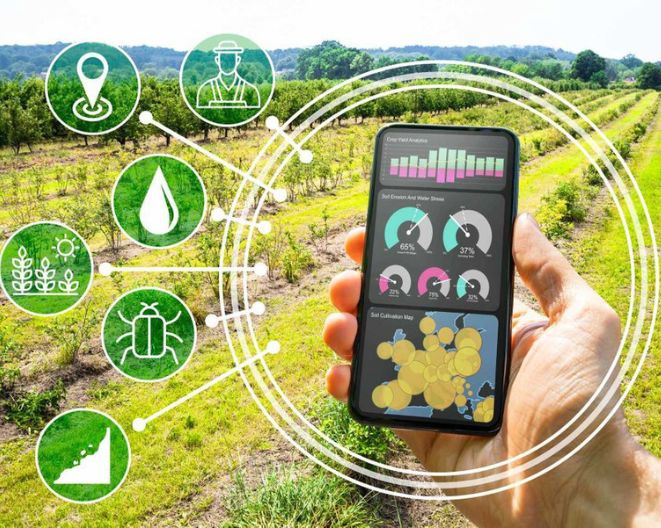Agriculture is an essential industry that plays a critical role in feeding the world’s population. The agriculture industry has evolved over time and is continually changing to meet the needs of farmers and consumers. To stay competitive, it’s important for farmers and agricultural equipment manufacturers to stay informed about the recent trends in agriculture and agricultural equipment.
In this post, we’ll look at three important trends for agriculture and agriculture equipment.
Trend 1: Precision Agriculture
Precision agriculture is the use of technology to optimize crop yields and reduce costs. This technology includes GPS, sensors, and other tools that help farmers to collect and analyze data about their crops and soil. By using precision agriculture, farmers can optimize planting, fertilization, and irrigation to improve crop yields and reduce costs. Additionally, precision agriculture allows farmers to detect problems early on and take steps to address them before they cause significant damage.
One key aspect of precision agriculture is using drones and autonomous vehicles to collect data and perform tasks on the farm. These tools allow farmers to collect data on crop growth, soil moisture, and other factors that affect crop yields. They can also be used to perform tasks such as planting and spraying, reducing the labor needed to maintain crops.
Trend 2: Organic and Sustainable Agriculture
Another important trend in agriculture is the focus on organic and sustainable practices. Consumers are becoming more conscious of the impact that their food choices have on the environment, and they are looking for products that are grown using sustainable methods. Organic farming is a form of agriculture that focuses on using natural methods to grow crops, rather than relying on synthetic pesticides and fertilizers.
Sustainable agriculture is a form of farming that aims to meet the needs of the present without compromising the ability of future generations to meet their own needs. It incorporates crop rotation, cover cropping, and conservation tillage to conserve natural resources and improve soil health. Additionally, sustainable agriculture also includes the use of renewable energy sources and the reduction of chemical inputs to maintain the biodiversity of the ecosystem and balance ecological integrity.
Trend 3: Automation and Robotics
The third trend in agriculture is the increasing use of automation and robotics. With the rising labor cost, many farmers are turning to technology to perform tasks such as planting, harvesting, and other manual labor. Automation and robotics can be used to perform tasks such as planting, harvesting, and other manual labor. Automation and robotics can reduce labor costs and increase efficiency and productivity.
Examples of automation and robotics in agriculture include robots for planting, harvesting, and pruning, autonomous tractors for plowing, planting, and spraying, and autonomous drones for monitoring crop health and identifying pests and diseases. The use of these technologies will help farmers to improve crop yields and reduce costs.
Conclusion
In conclusion, precision agriculture, organic and sustainable agriculture, and automation and robotics are three important trends for agriculture and agriculture equipment. Precision agriculture can help farmers to optimize crop yields and reduce costs. In contrast, organic and sustainable agriculture can help to meet the needs of consumers looking for products grown using sustainable methods. Automation and robotics can help farmers to improve crop yields and reduce costs. These trends are constantly changing and evolving, and farmers and agricultural equipment manufacturers must stay informed to stay competitive.





